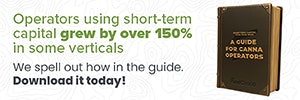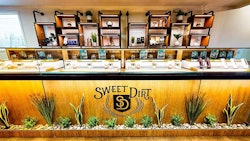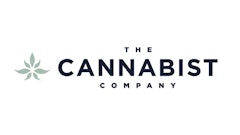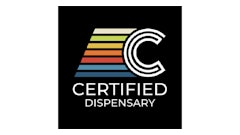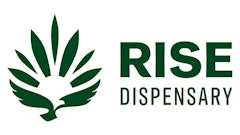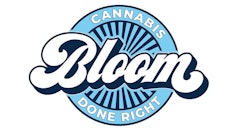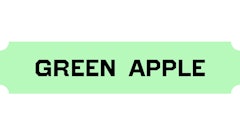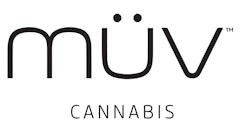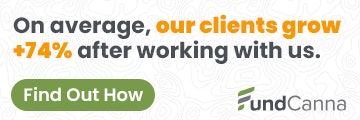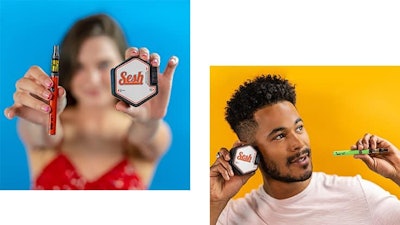
In the absence of direct relationships, cannabis brands need to rely on the retailer as the main gateway to reach patients and consumers. Much effort goes into developing budtender education, branded handouts, in-store product packaging displays, ancillary product merchandising and more—in hopes of connecting with their target audience while they’re in store.
These marketing methods require a customer’s presence in store to see or learn about a cannabis brand. Some brands are expanding their marketing strategies by partnering with retailers for an even more direct gateway that reaches their audience wherever they are: text message marketing. Springbig, through its digital marketing platform that serves more than 1,600 retailers nationwide, has been working to facilitate text message marketing collaborations to place cannabis brands’ advertising front and center with loyal audiences.
In these campaigns, “everybody wins,” says Springbig VP, GM, Brands, Brett Pogany. “Brands provide … high-quality, creative images to the retailers, retailers apply and utilize that content in their text messages. In exchange, the brand pays for the message and the retailer is able to send the message for free.”
Another benefit to a branded text campaign partnership is the ability to gauge that campaign’s success with data when using a platform like Springbig. “[Brands] can measure how much of their product sold because of the campaign, versus what they typically sell at that dispensary without the campaign. They can also use the platform to compare alternative promotions or brand strategies via A/B testing across dispensaries.”
“Brands have access to a dashboard on the platform that show the purchases of their product during a campaign period. We follow that up with additional information about recent sales data before the campaign,” Pogany says—and Springbig also provides data for after the campaign, including open rates, new customers acquired, and more, which can be helpful tools to measure the campaign’s “staying power.”

© Courtesy of Springbig
Reasons to Send Branded Text Messages
A brand text message can serve many purposes, Pogany says, including:
- Support a product launch or restock
- Promote sales in slower-growing location
- Boost seasonal promotions, leveraging holidays or other special events
- Advertise a brand message across multiple retailers
- Expand a partnership with top-performing retailers
- Win new customers and get repeat business
“We see success both with text messages that include a promotion, as well as ones that don’t, simply advertising a brand’s image,” he says. “[The campaign] can either supercharge the promotion or it can provide name recognition for the brand.”
Ways to Boost Message Effectiveness
As with any marketing campaign, for text messages to be effective, there should be a well-defined strategy in place with thoughtful content, Pogany says.
“A lot of the less memorable messages that we see are … very wordy, just a laundry list of items from a menu board,” he says. Other ways a brand could go wrong are by sending images that are either overcrowded or just not memorable.
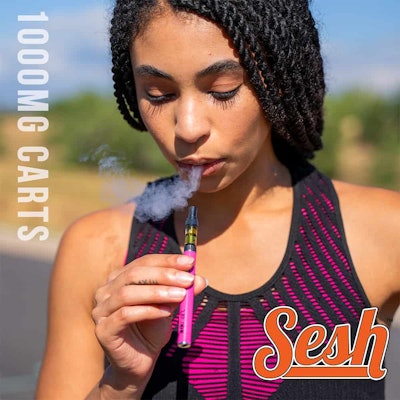
“Our text message images look like magazine advertisements. We find that those are the most well-received messages,” he adds. Letting a high-quality image lead a customer on a journey, with short, accompanying text, is a very effective way to go. Pogany also recommends recurring campaigns (sending multiple, related images over a given period of time). “To reinforce the brand message through multiple campaigns … [has] proven great results. … The [more] customers’ see similar themed imagery or the same image, they tend to recognize it,” he says.
Case Study: Craft/Sesh x Buddy Boy
Throughout October and November 2020, cannabis brand Craft ran a sponsored campaign featuring their line of Sesh products, in partnership with Springbig’s Colorado-based retailer Buddy Boy. The campaign ran over 3 consecutive weekends during those months.
Craft has four different sub-brands that utilize the Springbig platform, Pogany says, including Sesh. The campaign included a series of multiple, similar images, without a promotion. (See chart below.)
%20-%20buddy%20boy%20case%20study.jpg?auto=format%2Ccompress&fit=max&q=70&w=400)
© Courtesy of Springbig
The campaigns were sent on Fridays. In the chart above, the “before” column shows that over the three-day period, Sesh products averaged about $3,214 per weekend. Once the campaign started, the products averaged $4,919. After the campaign, the products averaged $3,625. The chart also shows that the average weekday total revenue increased to $5,358 from $3,634, and then reverting back to $3,406 after the campaign period.
The total incremental revenue from the campaign totaled $9,000, which equaled 36% growth over the three weekends (9 days total), and 47% growth over the weekdays following the campaigns (12 days total).
Pogany says the campaign brought a 300% return on investment (ROI), adding that the Brand Campaigns are just one tool retailers can use to help with their marketing. Other Springbig products, including Referral Programs and AutoConnects (an automated text messaging service)—are other ways to use text message marketing and loyalty programs to boost sales. Click here to read more.



